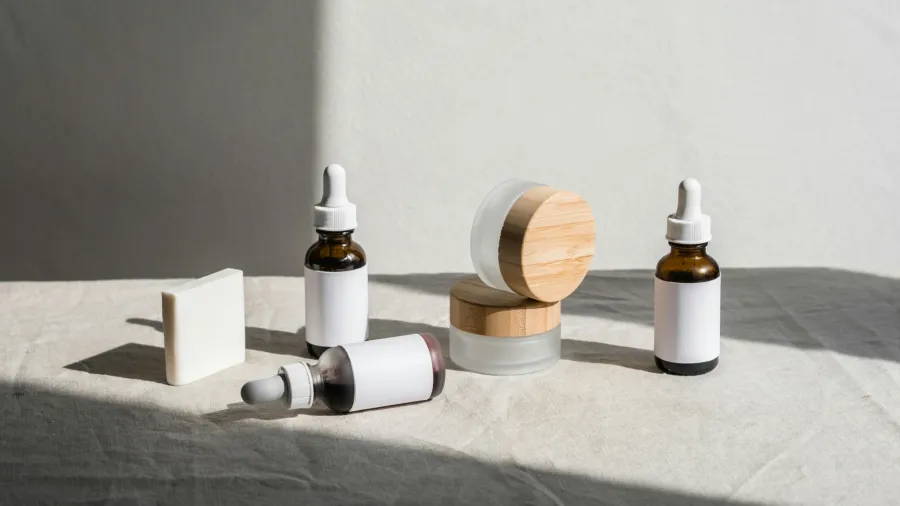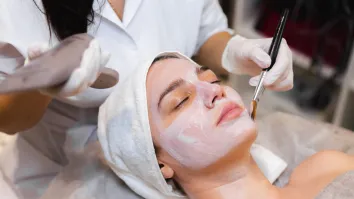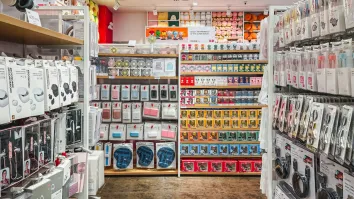
Brands told to come clean about beauty care
Consumers are more discerning and can easily spot fake ingredient claims.
Cosmetic brands looking to enter or expand in the so-called clean beauty space should build trust through science-backed claims and ingredient transparency, with just about every product claiming to use only natural ingredients, according to beautycare experts.
Consumers have also become more discerning and can easily spot fake assertions.
"Compared with years ago, ingredient transparency has moved from a ‘good-to-have’ to a ‘must-have,’” Annie Yao, head of Growth at Flywheel Southeast Asia, told Retail Asia.
Yao expects cosmetics companies to continue shifting to clean beauty—a movement in the beauty industry that focuses on using products made with safe, nontoxic, and environment-friendly ingredients—as the new standard as consumers demand more natural products.
Clean beauty is also about the planet. Clean beauty brands often use sustainable and recyclable materials to cut their carbon footprint.
The global clean beauty market size was estimated at $8.25b in 2023 and is projected to grow 14.8% annually from 2024 to 2030, according to Grand View Research. The market growth is driven by increasing consumer concerns about the safety of cosmetic products, environmental impact, and potentially harmful ingredients in beauty and personal care products.
Yao noted that aside from offering clean formulations, brands should also master the art of storytelling. Brands that focus on ingredient origin and efficacy engagingly are more likely to win sales, she added.
“The launches in the beauty sector will be gearing towards the cleaning end,” she said. “There will probably be few ingredients and more discussions around the origins of these ingredients, as well as their efficacy.”
Yao said it might be interesting to watch, from a disruption perspective, the falling cost of cosmetic production in the past two to three years. “This is driven especially by markets like China, where you have probably overcapacity issues for skincare production. As a result, we see the emergence of the newer generation of clean beauty products.”
Consumers in the Asia-Pacific region are willing to pay 10% to 20% more for products that they care about, “and those would be having natural and premium ingredients,” said Egle Tekutyte, innovation consultant at Euromonitor International.
Kenneth Carsula, a manager at Singapore-based consulting firm YCP Interactive Solutions Division, said clean beauty has made consumers become more discerning about the ingredients they apply to their skin.
“It's also very important these days to build your credibility and credentials around the space of clean beauty by actually tapping the right resources,” he said. These include scientists or dermatologists “who speak the language that your consumers would understand but also have the breadth of experience about this industry.”
‘1,200 ingredients’
Carsula said social media has streamlined consumers' purchase journeys, letting them quickly research ingredients as soon as they see products online. This is why brands need to be transparent.
JeeSeon Park, chief sustainability officer at L'Oréal North Asia, said their Helena Rubinstein Replasty Age Recovery Skin Regeneration Night Care—one of their most in-demand products—uses green energy and nonpetrochemical solvents such as water in its production process. It also features Pro-Xylane, a green chemistry ingredient that boosts the production of important skin building blocks.
L’Oreal North Asia uses an environmental and social impact labelling score system on its beauty products, from A to E, Park said. “An ‘A’ product is considered best in class in terms of its environmental impacts.”
“The score will give an accurate vision of the impact of a L’Oréal product by taking into account 14 planetary impact factors, such as greenhouse gas emissions, water scarcity, ocean acidification, or impact on biodiversity, measured at every stage of a product’s life cycle,” she added.
The French cosmetics company, the largest in the world, also has an ingredient dictionary called Inside Our Products, which customers can access online to get in-depth information about its ingredients.
“This go-to directory offers in-depth information on over 1,200 ingredients, detailing their origin, benefits, and safety profiles,” Park said. “It also features dedicated sections answering frequently asked questions about specific ingredients and addressing common concerns about potential allergens or irritants.”

















 Advertise
Advertise








